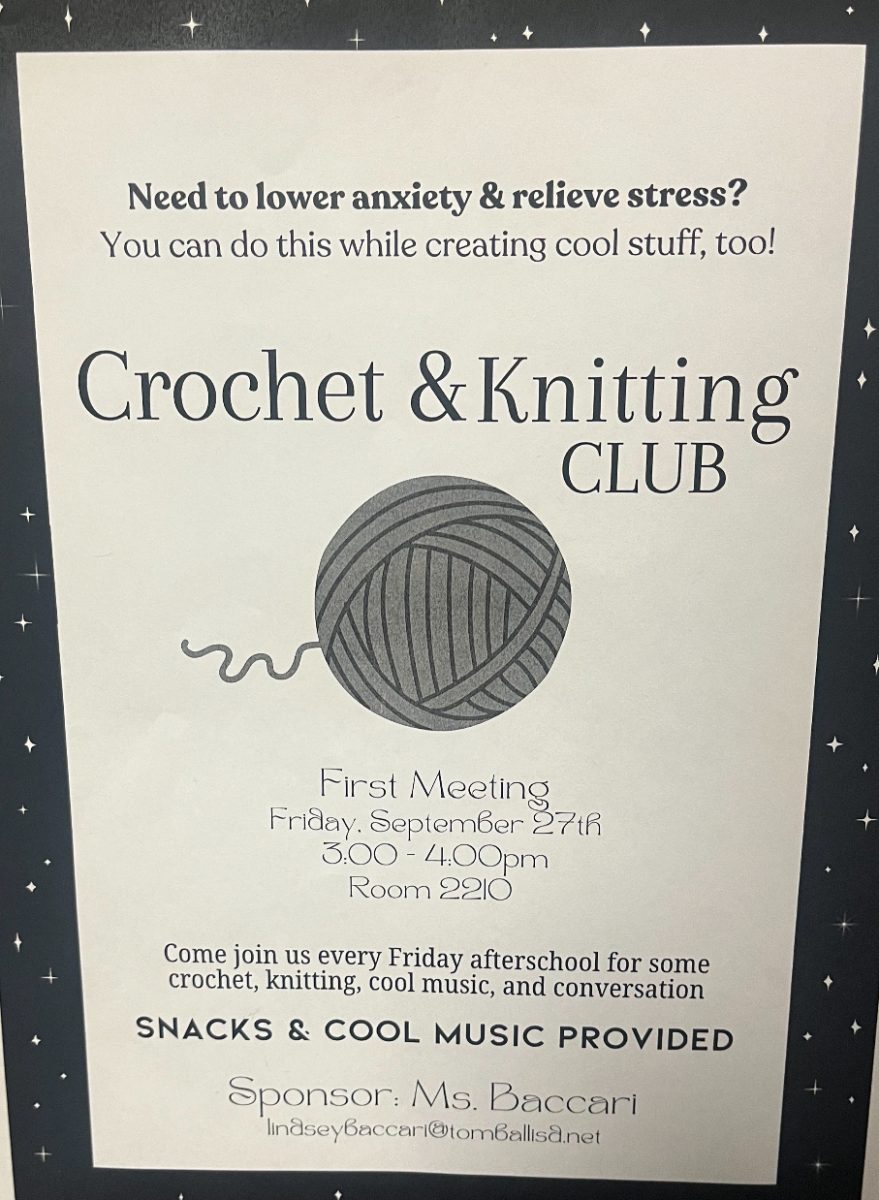School lunches carry with them a stigma – they are perceived as rarely delicious, blatantly unhealthy, and complained about in every venue. However, what the individuals who eat school lunches may not realize is the intricacies, restrictions and amount of thought behind the meals they are served.
Tomball ISD’s Child Nutrition Department is entirely self-supporting, including the salaries of its employees. According to the district, the program’s sources of income are federal funds and the money students and teachers spend on food in the cafeteria every day. The only funds received from the school district cover the costs of constructing new cafeterias when a new school is built (or supplementing the existing high school’s cafeteria with new televisions in order to keep equality between THS and Tomball Memorial).
The department will only receive federal funding if it meets the regulations and requirements the national government publishes. Everything you purchase from the cafeteria meets the government’s expectations of food group portions as well as the amounts of calories, fats, sodium, protein, iron, calcium, and vitamins in each meal.
According to Whitney Johnson, Assistant Director of Child Nutrition, the department’s “biggest challenge is writing a menu that meets our budget and requirements that kids will get excited about.”
With the price of produce increasing, Johnson admits that “it’s a hard balance.” Increasingly so, due to regulations to go into effect next year that reduce the amount of sodium allotted and only allow one cup of starchy vegetables per week. What does this mean? Some of the foods you know and love in the cafeteria may be altered drastically, or disappear entirely.
One cup of starch means the cafeteria can’t serve french fries as a side every day, and must limit these servings to once a week. Seniors will miss out on the changes, but the rest of you, be warned. “Do you realize how much sodium is in a slice of pizza?” Johnson said with a half-hearted chuckle.
Despite the regulations, the Child Nutrition Department, headed by Matt Antignolo, is constantly on the search for ways to provide food kids want to eat. “We are exploring the idea of a Subway-style deli concept,” Johnson said, a change she may pilot at our school in the spring.
“We definitely believe in customer service,” Antignolo said. “We want to know when people are not satisfied.” He mentioned the concept of a suggestion box in the cafeterias, and encourages students to report when they receive sub-par food. “We can’t make a change unless we know about it,” he said.
For those that fantasize about the food at other schools, realize that the restrictions apply across the nation. A teacher in theMidwestnamed Sarah Wu, who recently published a book based on her popular blog ‘Fed Up With Lunch’ ate at her school’s cafeteria every day for a year while publishing pictures and descriptions of the foods she was served. While not every day was a horror story, she certainly seemed relieved when the school year was over. The blog, and the movement, gained a tremendous community of supporters. The concept of lunch reform is not simply a stirring of complaints amongst students; it has become a national agenda as high up as Michelle Obama herself.
In Wu’s blog, she comments that she understands that it’s not the fault of the school staff members, stating that “[she knows] they care deeply about the
students and their welfare.” She also professes that “this project was never about ‘slamming’ one school food company, one school district, or one school” but simply the fact that the meals she ate “were identical to meals eaten by kids all over this country every day in a school in your neighborhood. This was a campaign to raise awareness”.
Healthy Schools Campaign, an independent non-profit organization, is, according to their website, the “leading authority on healthy school environments and a voice for people who care about our environment, our children, and education.” The organization held a flagship contest in Chicago this year dubbed Cooking up Change, in which teams from 12 schools competed to create a healthy school lunch that meets the government restrictions, can be prepared simply (in six steps or less) and costs one dollar.
The teams came up with several delicious options, such as “lemon basil chicken with cheese grits, spicy black beans, and steamed vegetables“, or Chicken wraps with “sangria fruit salad and sweet potato chips.” This contest proved that such meals can be produced; however the question remains as to whether or not students will eat them.
“I think a lot of it starts at home,” Antignolo said. “When a child is eating fast food three times a week, they come to our cafeteria expecting the same thing.” While it’s true that the favorites of the menu are the unhealthier choices, the newly installed and exceptionally healthy vending machines seem to have become popular amongst the student body.
Karen Duncan, National Honorary Co-Chair of Cooking up Change and wife of Secretary of Education Arne Duncan, sums up the issue beautifully. “If we teach young people about healthy food and then reinforce that in our cafeterias, just imagine the transformative effect it could have on everyone’s health.”









